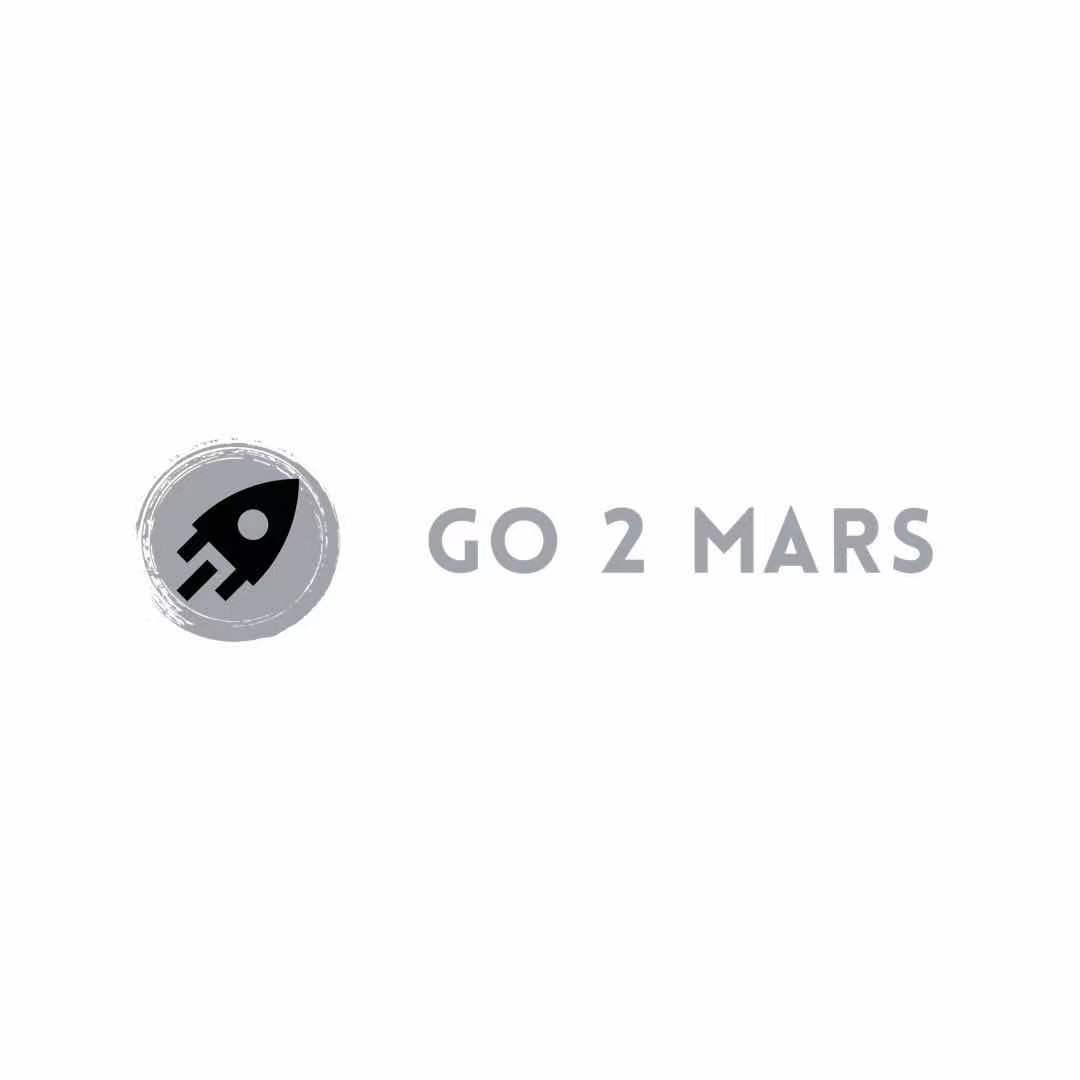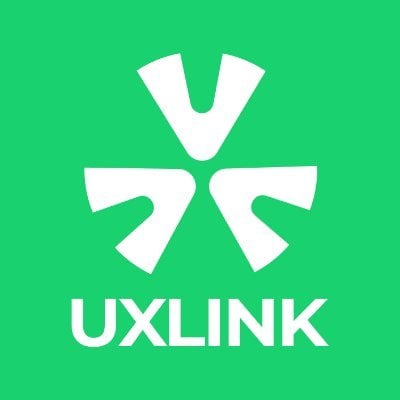Taking UXLINK and NOTCOIN as examples, how to determine the mass adoption of Web3 social applications?
Mass Adoption in Web3
Mass Adoption serves as a continuous narrative theme in the Web3 space, with its core goal being the migration of the vast user base accumulated by Web2 platforms to the Web3 ecosystem. Every project that facilitates the realization of the mass adoption narrative will become, and rightly should become, the focus of the entire market.
Originating from this, Mass Adoption will become one of the ultimate goals for many Web3 products, especially Web3 social products that place a strong emphasis on user participation. So, what trends emerge when a project embarks on the path of Mass Adoption? What characteristics are worth learning and referencing for other projects?
To this end, we selected two recent popular projects in the Crypto social space, UXLINK and NOTCOIN, and will conduct an in-depth analysis from a data perspective to illustrate what data requirements a product needs to meet in order to achieve basic Mass Adoption.
Taking Notcoin as an example, leveraging the TON ecosystem and the globally top-tier social product Telegram with an average of 900 million monthly active users, it utilizes a lightweight Tap-to-Earn mechanism for mining and viral distribution, allowing many new users to enter Web3 through the Telegram gateway. Since its launch on January 1, 2024, Notcoin has become one of the hottest channels on Telegram in terms of popularity and user count. The community is highly engaged, with participation exceeding 30 million and over 6 million members in the Telegram group, achieving tremendous success.
Before its listing, NOTCOIN had already attracted a user base in the tens of millions, with active users reaching the million level. On May 16, NOTCOIN successfully listed on multiple top exchanges, and its fully diluted market value (FDV) has reached $1.2 billion, with users participating in the project generally achieving significant wealth growth.
Meanwhile, UXLINK is on the path to Mass Adoption, utilizing familiar social relationships through Link-to-Earn to establish a Web3 social network and organizing users into familiar groups, while serving both users and developers. According to UXLINK's official website, UXLINK has over 7 million registered users, covering 100,000 groups and reaching 8 million users. Currently, the product still has considerable growth potential in relevant data aspects.
In the following content, we will conduct an in-depth comparative analysis of NOTCOIN and UXLINK based on core fundamental data.
When comparing projects, we face the challenge of verifying off-chain data sources. Therefore, this analysis will focus on evaluating the two projects from the perspective of on-chain data. NOTCOIN's on-chain data is primarily on the TON blockchain, while UXLINK's core data is concentrated in the Arbitrum/EVM ecosystem.
1. From the perspective of on-chain holders:
Based on on-chain data from the TON blockchain, we observe that before the Token Generation Event (TGE), NOTCOIN had approximately 220,000 holders. Since its listing, the number of holders has steadily increased and currently exceeds 1 million. Using event analysis for growth attribution, the core growth driver for Notcoin primarily comes from various incentives after its listing.

According to data provided by Dune Analytics, UXLINK currently has over 3 million on-chain point holders, with approximately 1.4 million NFT holders. Public information shows that these NFT holders are high-value users within the UXLINK community who have accumulated a significant amount of on-chain points and are the only proof for receiving airdrops. Therefore, we can reasonably infer that before UXLINK's listing, the number of token holders was around 1.4 million or more, surpassing the scale of NOTCOIN after its listing. The subsequent situation remains to be verified, but if UXLINK can continuously find relevant growth drivers to maintain similar growth, its vast development space is easy to imagine.

2. From the perspective of active users
When analyzing NOTCOIN's active user data, we find that during the Token Generation Event (TGE) and the following 5 days, the number of active users mainly ranged between 300,000 and 500,000, showing a gradual downward trend.

For UXLINK, on-chain data shows that its daily active user count has exceeded 500,000. Specifically, within the time frames of 24 hours, 7 days, and 30 days, the active user counts are 574,000, 1 million, and 3.8 million, respectively. These data indicate that UXLINK's user engagement remains at a high level across different time scales. It is important to emphasize that the current data growth is largely driven by marketing and the product's inherent attributes; if empowered by the TGE event, there may be even greater changes.


3. From the perspective of token distribution
The total supply of the NOT token is 102,719,221,714. According to the distribution plan, 78% of the tokens will be allocated to miners participating in the Tap-to-Earn mining mechanism and Voucher holders. The remaining 22% will be reserved for future ecosystem funds and development funds to support the project's ongoing development and ecosystem expansion.
The total supply of UXLINK tokens is set at 1,000,000,000. Of this total, 65% of the tokens will be allocated to community contributors and developers through mechanisms such as POW (Proof of Work), Link-to-Earn, and Build-to-Earn. The remaining 35% will be allocated to investors, team members, and project development to ensure funding support for the project and incentives for the team.
In the Web3 ecosystem, there are very few projects that can gather a user base of over 5 million. Although the two projects we discussed are in different business domains, which limits our ability to conduct in-depth business analysis, we can still reveal the common characteristics of projects that have succeeded in achieving mass adoption through a comparison of their on-chain data. These characteristics are not only crucial for assessing the current wealth effect of the projects but also have far-reaching implications for predicting future trends in the entire market. Therefore, for those projects dedicated to promoting mass user adoption, we should continue to maintain respect and close observation.
Data Sources:
- https://tonalytica.redoubt.online/public/dashboards/DdU5wpspip3RiIozMgVm2Tv8D9skZjSaNdMoumck?org_slug=default
- https://dune.com/uxlink/uxuy
- https://cdn.joincommunity.xyz/notcoin/Notcoin_Whitepaper.pdf
- https://docs.uxlink.io/uxuy-labs-api/whitepaper/white-paper
- https://dappradar.com/rankings/social
- https://www.coindesk.com/press-release/2024/05/30/social-monster-uxlink-achieves-global-user-tiered-operations-with-nft-distribution











